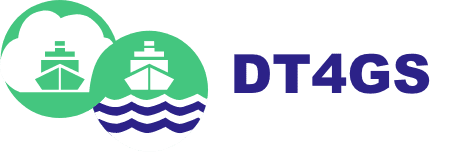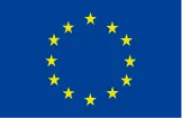Home / Methodology
Methodology
Overall research approach
As digitalization in the shipping industry has been maturing over the recent years, DT adoption will be dependent on establishing trusted and convincing DT application exemplars and ensuring that ship operators and other industry stakeholders can set up their own DTs based on their own business models, building their own confidential knowledge at reasonable cost.
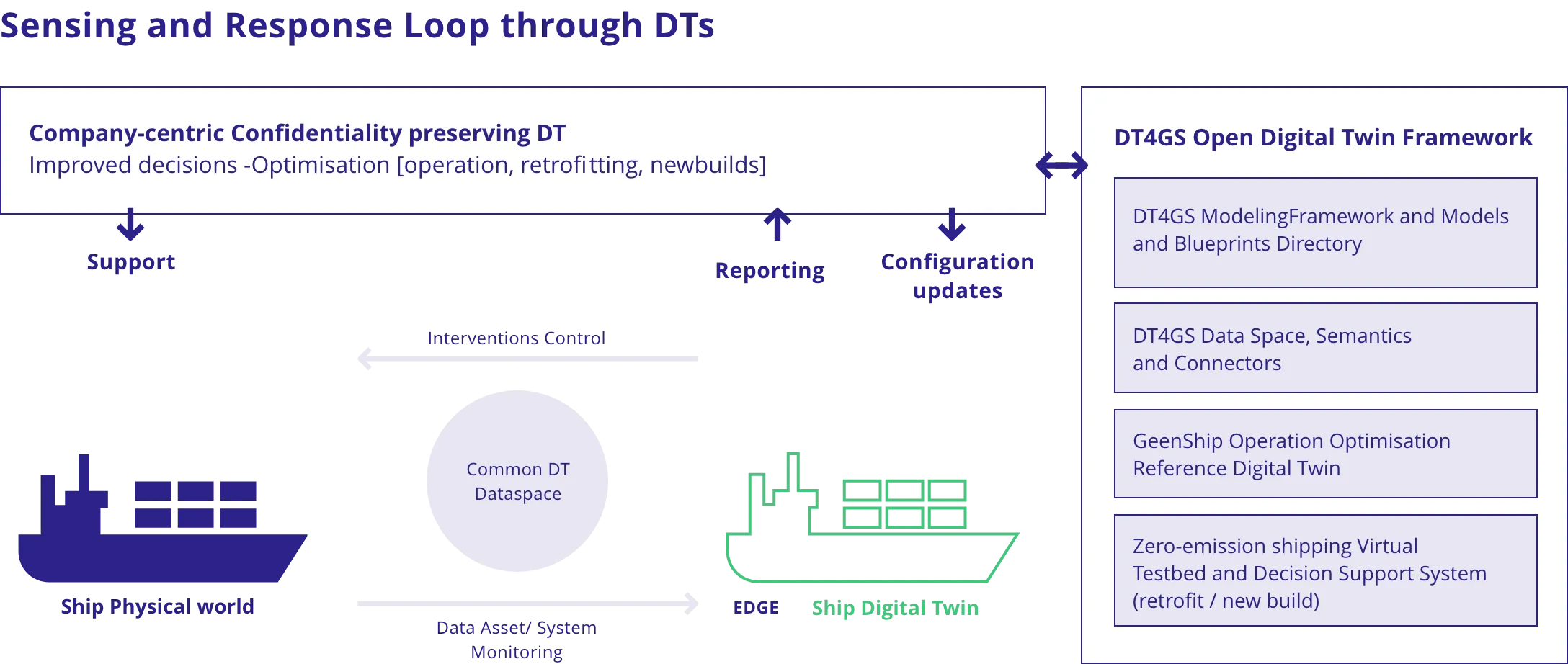
DT4GS will provide a virtual representation of ships and physical transport entities with a bi-directional communication links from sensing to actuation/control and data driven simulation and AI based decision support to people who will implement necessary actions. In DT4GS extra emphasis will be given to:
- DT applications onboard the ship utilizing advanced IoT and edge computing infrastructure
- Using labelled data for AI/ML training and to provide the ground truth for accurate predictions (supervised learning), and where there is need to learn from experience to provide the reward function (reinforcement learning)
- Creating a common point of reference in the digital world for shipping vessels, which different stakeholders can access and utilize and adapt in line with their own internal business needs.
DTs in DT4GS will evolve along with their physical counterparts, mirroring vessel lifecycles
DT4GS will further capitalise on the close data-driven relationship between the physical and virtual entities to provide DTs that learn from experience through suitable ML/AI models, closing the loop for improving the capabilities of the system in an automated or semi-automated way.
To that end, DTs in DT4GS will evolve along with their physical counterparts, mirroring vessel lifecycles. This process will enable the DT to not only reflect the initial physical state of vessels and predict future states, but also to learn from the observed evolution of the physical state and its deviation from associated predictions, thus improving upon immediate and future predictions and reinforcing general forecasting capability in DT4GS models.
In comparison to digital shadow, also referred to as data driven simulations (i.e. modeling/simulation with a one-way real-time data flow providing decision support), with learning capability, DTs are different in that our real-time analytics are used to trigger timely actuation on physical objects. This will enable the sensing-analysis-action cycle to become completely automated (i.e., without supervision) according to required criteria, for all aspects of vessel operations. DTs will work with conventional communication and computational systems, but enhancements would be expected when ships have access to higher performance computers and higher-bandwidth, low-latency communications like 5G.
To help reduce computational resource usage and increase accuracy DT4GS will investigate Quantum-inspired analogues of ML/AI optimization algorithms in key application areas.
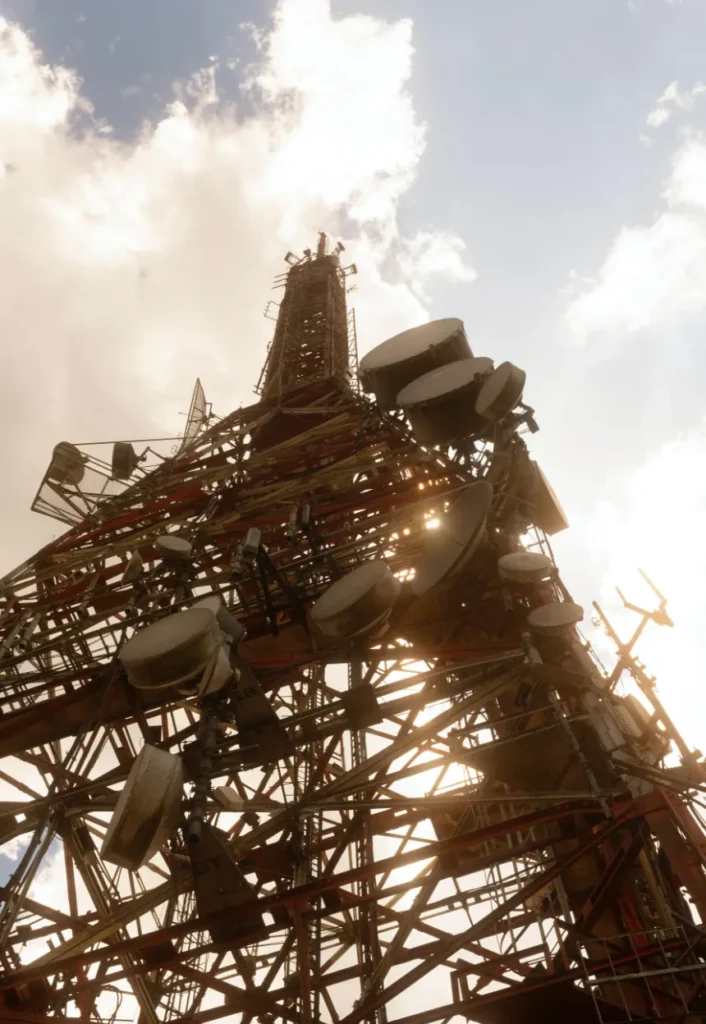
The DT4GS’s multidisciplinary approach
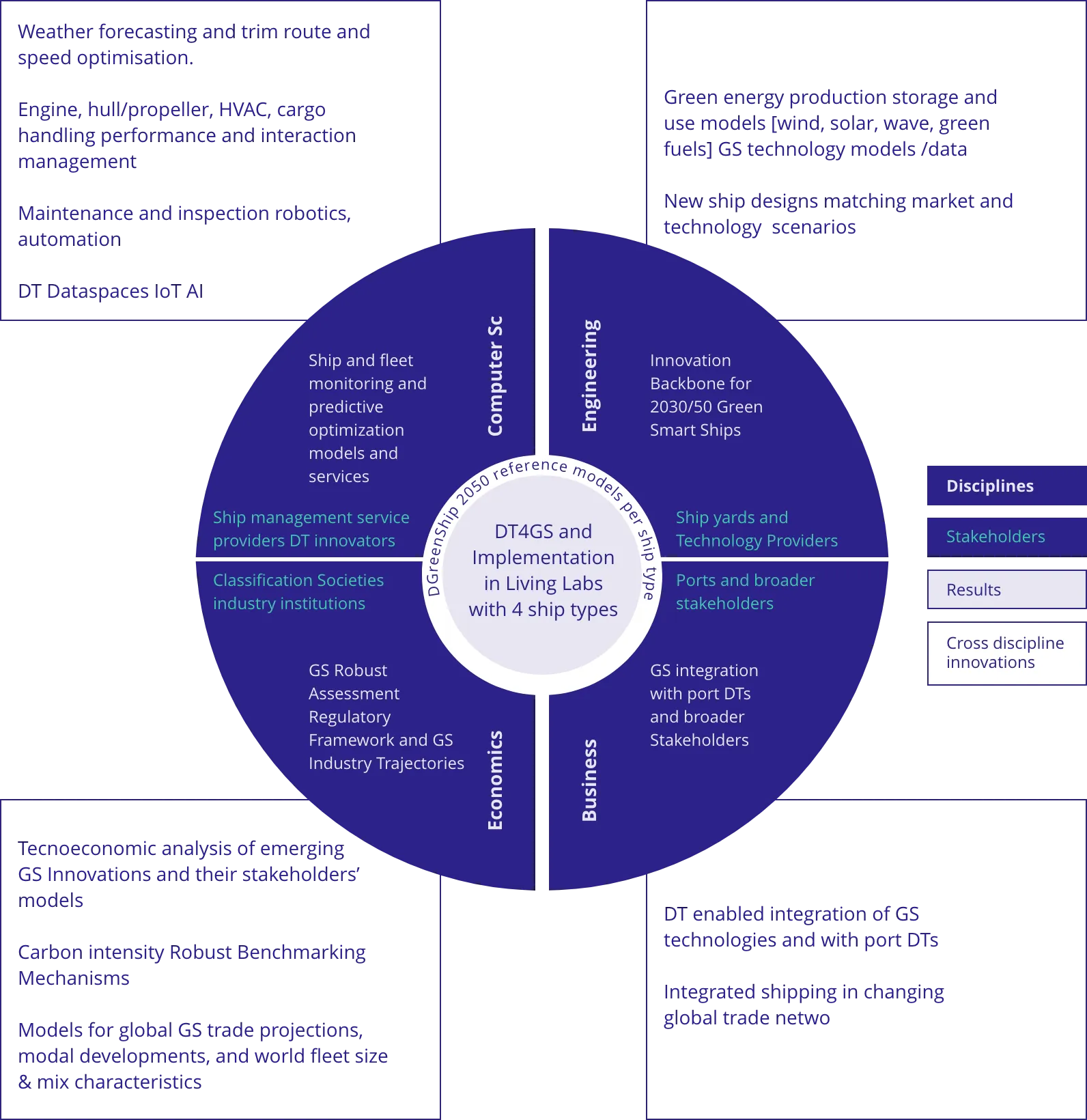
DT4GS applies multidisciplinary approach to draw on knowledge from different disciplines including ship and transport business and economics as well as ICT and Engineering.
Interdisciplinarity will be applied to analyze, synthesize and harmonize links between disciplines to produce new expertise and methods associated with project results that are expected to break new ground. The most prominent of such results are Data-driven Green Ship 2050 reference designs / models per ship type, taking into account size and other parameters to be determined in the LLs and, exploiting synergies between emerging ship and energy innovations, and new production methods.
Gender Dimensions
DT4GS is aware that there is still a pronounced under-representation of women in European Research, particularly in the branches of traditional ‘hard’ sciences and in Research leadership positions.
Indeed, gender inequality is also an important issue in the traditionally male dominated maritime sector, where recent statistics show that only 1.2% percent of the global seafarer workforce are female. The IMO chose “Empowering Women in the Maritime Community” as the World Maritime Day theme for 2019. In raising awareness of the importance of gender equality, and highlighting the important contribution of women to the maritime sector in 2019, the IMO Assembly adopted a resolution urging further firm action in coming years to advance gender equality.
Gender equality in research is essential not only for fairness, but to address current and future deficits in skilled labour within the EU. DT4GS is aware of this inequality and will make efforts within the project to ensure gender-based aspects considered as an important dimension across all aspects of its scope and design. DT4GS will also strive to ensure that gender equality is thoroughly considered in the policy to practice principles to ‘design out’ opportunities for discrimination and to ensure equal representation, eliminating all forms of bias.
Training sessions and LLs will introduce gender issues feedback systems where gender-based responses will be analyzed to identify specific actions.
DT4GS will use methodological and practical tools to align its operation and approach to an overall gender-balanced approach to innovation and will focus its efforts in improving the in-balance on security/engineering distribution as professions promoting thus diversity and opportunities’ equity.
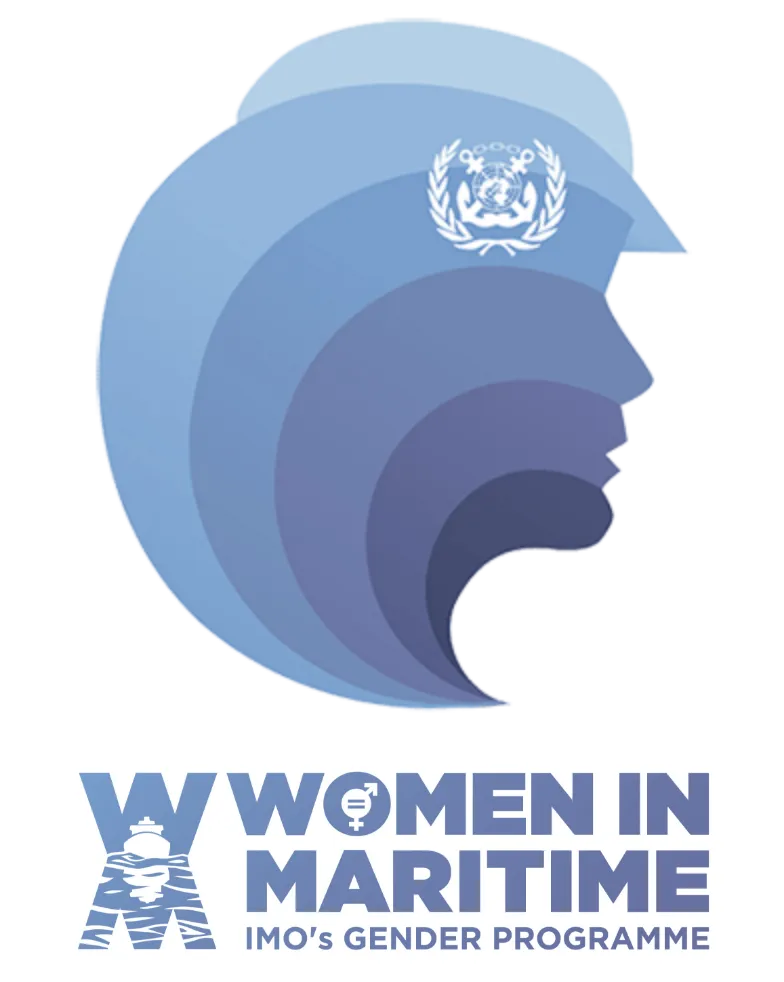
The DT4GS project will
- Encourage all beneficiaries to implement long-term institutional change by adopting Gender Equality Plans thus, increasing the participation of women.
- Encourage all partners to consider gender dimensions within their tasks.
- Encourage representation of women at meetings and in the project tasks and management teams.
- Consider gender issues within all management and recruitment processes to boost the involvement of women.
The project will also support the Horizon Europe objectives to promote equal gender balance by ensuring similar chances to male and female team members participation to project activities and meetings.
In addition, DT4GS foresees that increased uptake of DTs in the maritime sector will support remote operation, and faster re-training, and re-familiarisation of seafarers with vessels and their operational systems. In turn supporting flexible working and women re-entering the workforce following periods of absence.
Specifically, the DT4GS consortium acknowledges the European Commission Gender Equality Strategy for 2020-2025, which sets out the Commission’s broader commitment to equality across all EU policies.
Open science approach
Over the past years, open science principles and initiatives have gained popularity, increasing the amount of scientific and scholarly content that is openly available, thereby facilitating collaborations and interdisciplinary research, increasing the reproducibility and reuse of research results, and accelerating scientific discovery.
OpenAIRE provides an Open Research Graph linking more than 450 million research metadata records. The European Open Science Cloud (EOSC) offers to European researchers, innovators, companies and citizens a federated environment where they can publish, find and re-use scientific data, tools and services. In line with these efforts and initiatives, DT4GS will apply an open science approach following the FAIR principles for data and services, aligning to the European Commission guidelines on ensuring that data created through research activities is Findable, Accessible, Interoperable and Reused.
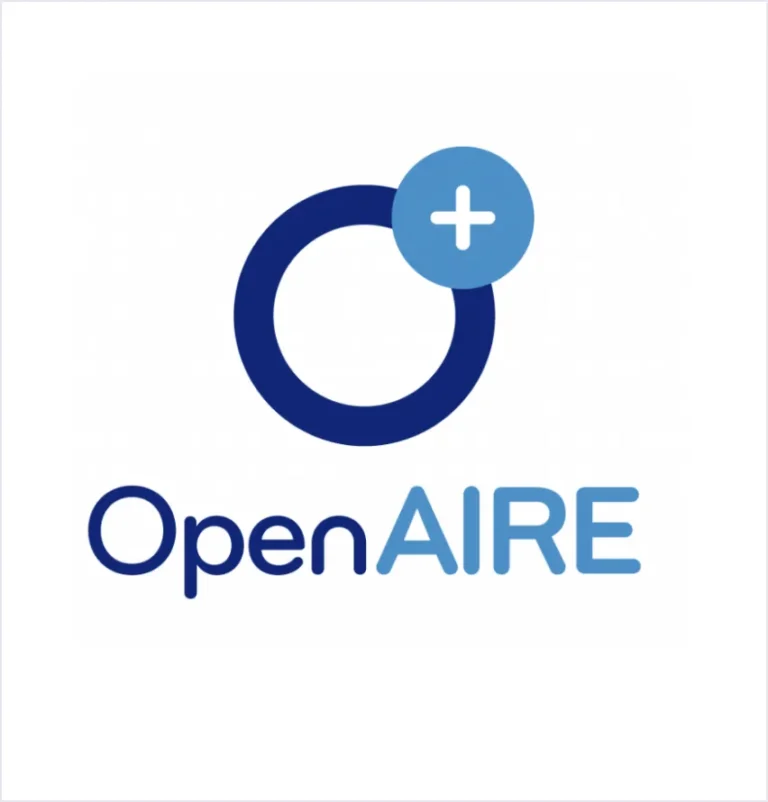
Project outputs and their metadata resulting from the LLs, including data assets, scientific publications, research methodologies and protocols, services, and workflows, will be documented and managed according to these principles. DT4GS will promote Open Innovation through the establishment of a DT4GS alliance that will help to upscale and replicate the results by EU shipping companies and waterborne transport industry actors. The Advisory Board (AB) will also help to upscale and replicate the results at international level.
Work Packages
All technology developments, modeling frameworks and models are implemented in WP1, WP2 and WP3, interacting with the LLs in WP4 both in the conceptualization of the approach (issued as framework, models, infrastructure deployments and components v1.0 tested in the LLs), while a second version (complete deployment) takes place after M18.

